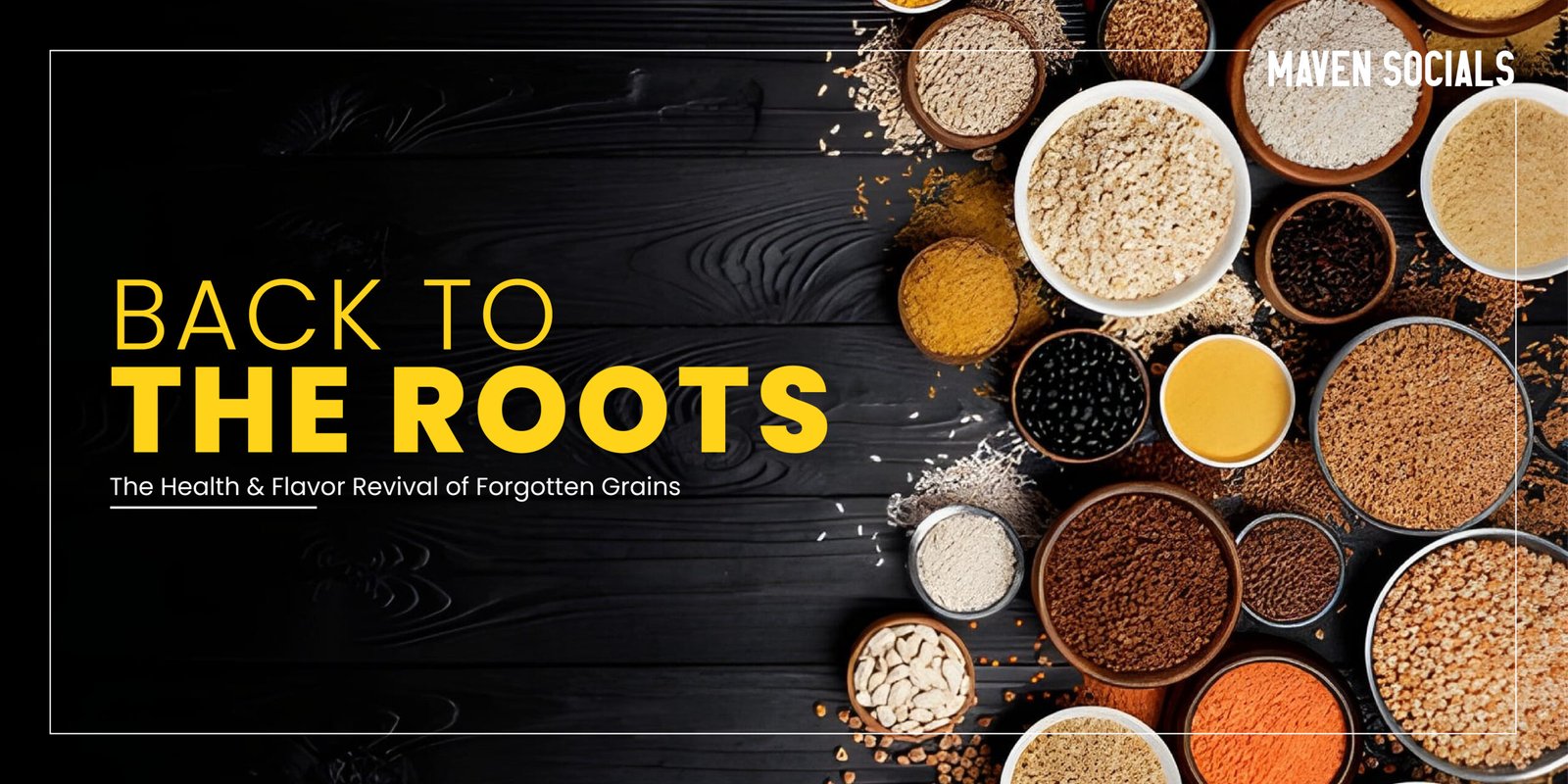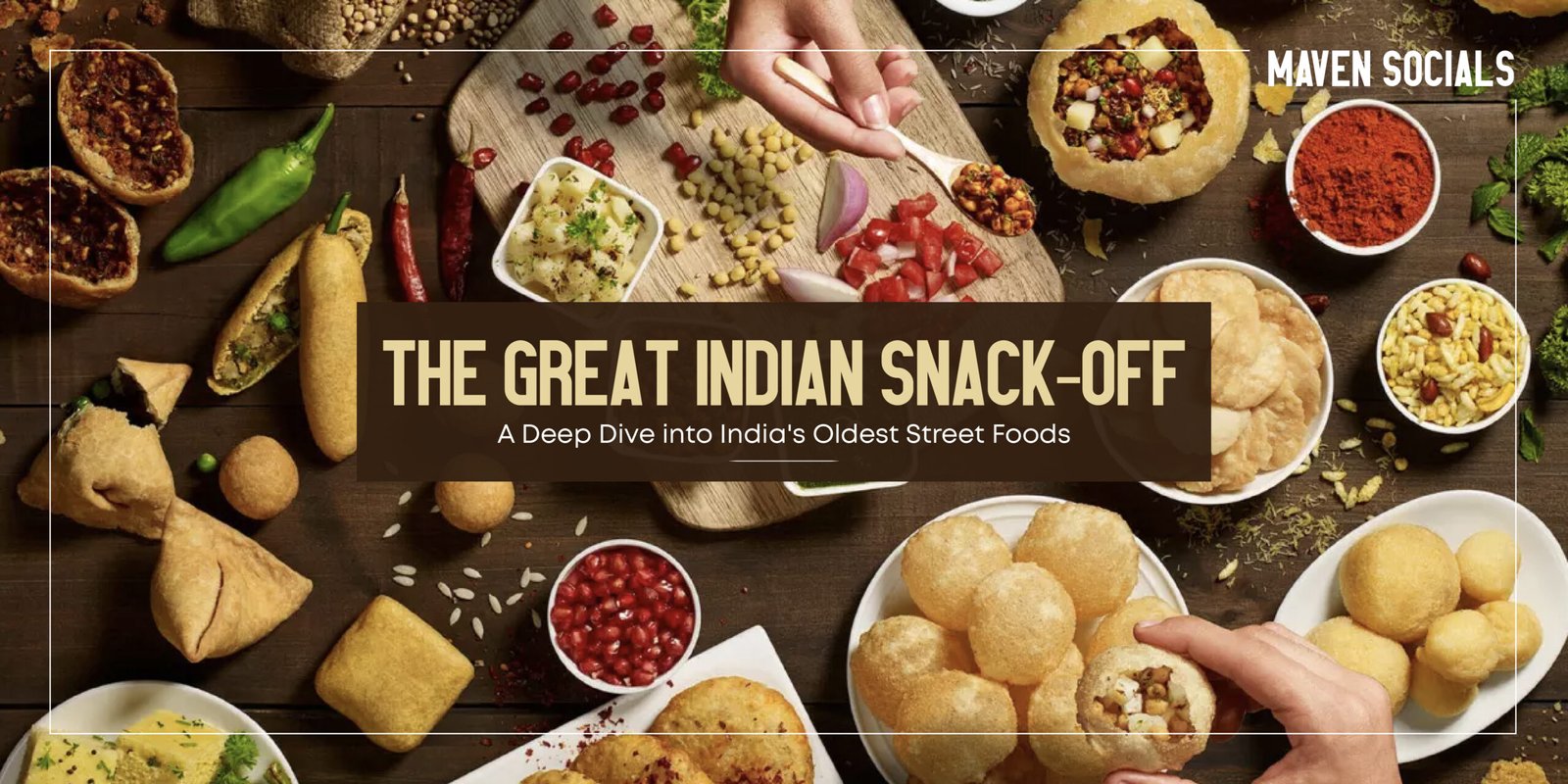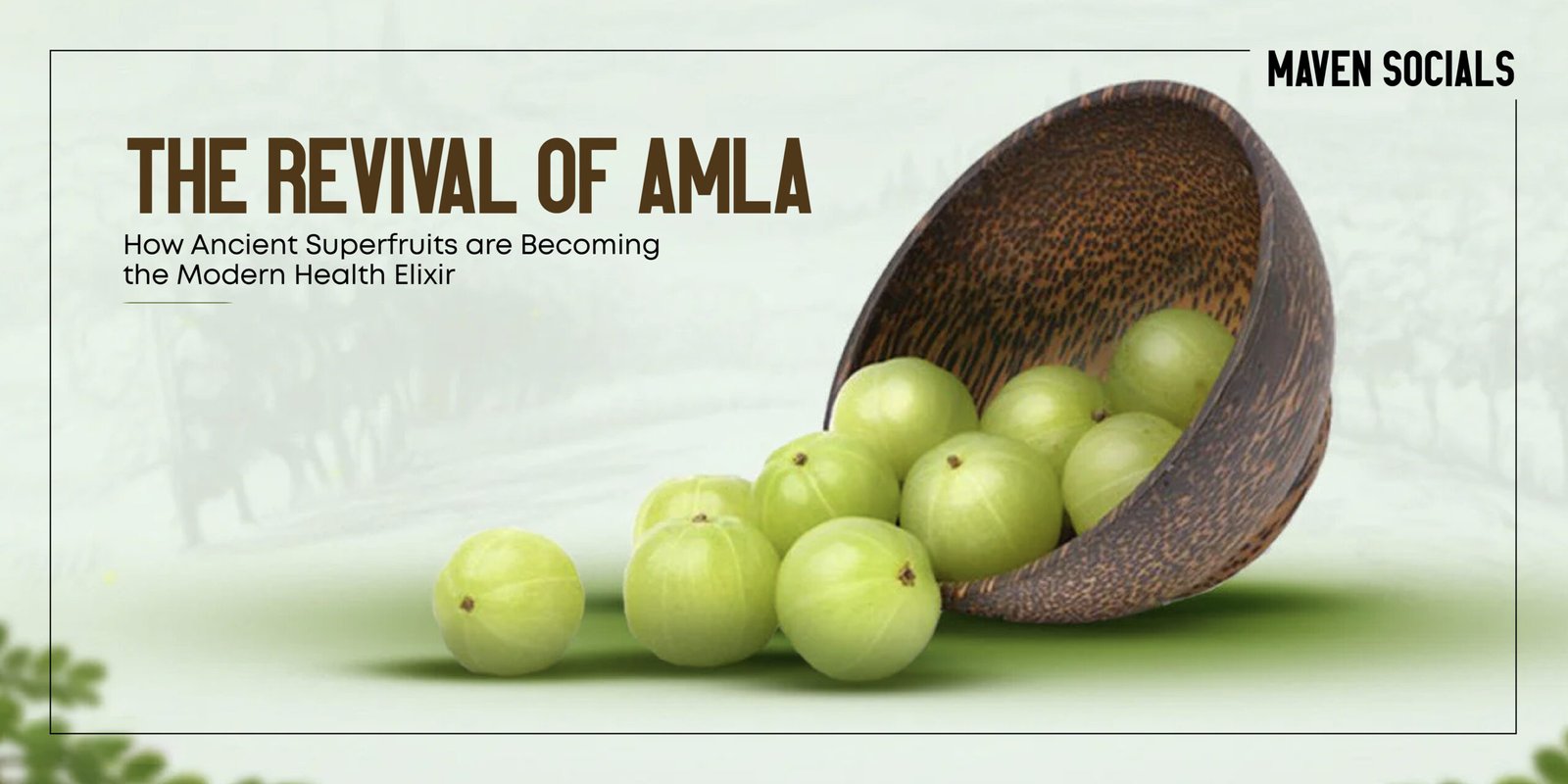In a world obsessed with quinoa bowls and overnight oats, we’re witnessing a remarkable return to our culinary heritage. Ancient grains that once formed the backbone of Indian cuisine are experiencing a renaissance, and for good reason. These forgotten grains – millets, amaranth, and sorghum – aren’t just nutritional powerhouses; they’re the key to unlocking better gut health, sustained energy, and authentic flavors that our ancestors cherished for millennia.
The Ancient Wisdom Meets Modern Science
Why Forgotten Grains Are Today’s Superfoods
For centuries, Indian households relied on indigenous grains that grew naturally in diverse climatic conditions. These weren’t just survival foods – they were carefully cultivated crops that provided complete nutrition while adapting to local environments. Modern research has validated what Ayurvedic practitioners knew all along: these ancient grains offer superior nutritional profiles compared to their refined counterparts.
Unlike wheat and rice that dominate today’s plates, forgotten grains are naturally gluten-free, rich in fiber, and packed with essential minerals. They provide sustained energy release, making them perfect for managing blood sugar levels and supporting digestive health. The revival of these traditional foods represents more than a dietary trend – it’s a return to sustainable, locally-adapted nutrition.
The Magnificent Seven: India’s Forgotten Grain Champions
1. Ragi (Finger Millet): The Calcium Powerhouse
Ragi stands out as one of nature’s richest sources of calcium, containing nearly 10 times more calcium than wheat. This burgundy-colored grain supports bone health, aids in weight management, and helps regulate blood sugar levels. From an Ayurvedic perspective, Ragi is considered cooling and is particularly beneficial during summer months.
Nutritional Highlights:
- 344mg calcium per 100g
- Rich in amino acids, particularly methionine
- High fiber content supporting digestive health
2. Jowar (Sorghum): The Gluten-Free Wonder
Jowar has been cultivated in India for over 4,000 years, making it one of our most ancient cereals. This drought-resistant grain is naturally gluten-free and provides sustained energy without causing blood sugar spikes. Ayurveda classifies Jowar as having a sweet taste with cooling properties, making it ideal for people with Pitta constitution.
Key Benefits:
- High protein content (10-12%)
- Rich in antioxidants, particularly tannins
- Excellent source of phosphorus and potassium
3. Bajra (Pearl Millet): The Winter Warmer
Bajra thrives in arid conditions and has been a staple in Rajasthan and Gujarat for generations. This grain is particularly valued for its warming properties in Ayurveda, making it perfect for cold seasons. Its high iron content helps combat anemia, while its fiber supports cardiovascular health.
Nutritional Profile:
- Highest iron content among millets (8mg per 100g)
- Rich in folate and B-vitamins
- Contains heart-healthy magnesium
4. Barnyard Millet: The Diabetic’s Friend
Known as Jhangora in Hindi, this lesser-known millet has the lowest carbohydrate content among all grains, making it exceptional for diabetes management. It cooks quickly and has a mild, pleasant flavor that adapts well to various cuisines.
5. Little Millet: The Tiny Nutritional Giant
Don’t let its size fool you – little millet packs impressive nutrition in small grains. It’s particularly rich in B-vitamins and provides more fiber than most other grains, supporting healthy diet and nutrient absorption.
Cultural Heritage: Grains That Built Civilizations
Regional Treasures Across India
Each Indian state has its own grain heritage. Karnataka celebrates Ragi in traditional dishes like Ragi Mudde, while Rajasthan’s Bajra Khichdi provides warmth during harsh winters. Tamil Nadu’s Kodo millet preparations and Maharashtra’s Jowar bhakri represent centuries of culinary evolution adapted to local needs.
These grains weren’t just food – they were deeply integrated into festivals, rituals, and seasonal eating patterns. The wisdom of eating specific grains during certain seasons reflects an understanding of how food affects our bodies in different climatic conditions.
Debunking the Myths: Why These Grains Fell Out of Favor
Myth 1: “They’re Difficult to Cook”
Modern cooking methods have actually made preparing ancient grains easier than ever. With pressure cookers and rice cookers, these grains can be prepared as simply as regular rice. The key is understanding the right water-to-grain ratios and cooking times.
Myth 2: “They Don’t Taste Good”
The perception of blandness often comes from improper preparation. When cooked correctly with appropriate spices and techniques, these grains offer rich, nutty flavors that enhance rather than compromise taste.
Myth 3: “They’re Only for Rural Areas”
This urban bias overlooked the sophisticated nutrition science embedded in traditional grain consumption. Today’s health-conscious consumers are rediscovering that these “village foods” are actually premium superfoods.
Simple Ways to Incorporate Forgotten Grains
Easy Everyday Recipes
Jowar Rotis with a Modern Twist
Replace your regular wheat chapati with Jowar rotis. Mix Jowar flour with a pinch of ajwain (carom seeds) and make soft rotis that pair perfectly with any curry.
Protein-Rich Ragi Dosa
Combine Ragi flour with regular dosa batter (1:3 ratio) for a nutritious breakfast that provides sustained energy throughout the morning.
Barnyard Millet Pulao
Substitute rice with barnyard millet in your favorite pulao recipe. The grain absorbs flavors beautifully while providing superior nutrition.
Weekly Meal Planning Tips
Start by replacing one grain meal per day with a forgotten grain alternative. Gradually increase as your palate adapts and you discover new recipes. The key is consistency rather than dramatic dietary overhauls.
The Comparison: Ancient vs. Modern Grains
Nutritional Showdown
When compared to popular modern alternatives like quinoa and oats, Indian ancient grains hold their own remarkably well:
- Protein Content: Amaranth contains complete proteins similar to quinoa
- Fiber: Millets provide 2-3 times more fiber than refined wheat
- Minerals: Ragi’s calcium content surpasses most imported superfoods
- Cost-Effectiveness: Local ancient grains cost significantly less than imported alternatives
Environmental Impact
Unlike quinoa, which requires specific growing conditions, Indian ancient grains are climate-resilient and require minimal water. They support local farming communities while providing superior nutrition at affordable prices.
The Ayurvedic Advantage
Constitutional Eating
Ayurveda emphasizes eating according to your body constitution (Prakriti) and current imbalances (Vikriti). Different grains serve different constitutional needs:
- Vata types benefit from warming grains like Bajra
- Pitta constitutions do well with cooling grains like Ragi
- Kapha types thrive on lighter grains like Barnyard millet
Seasonal Wisdom
Traditional eating patterns aligned grain consumption with seasons. Warming grains during winter, cooling ones during summer, and balancing varieties during transitional seasons optimize digestion and overall health.
Making the Transition: Your Action Plan
Week 1-2: Exploration Phase
Try one new grain recipe per week. Start with familiar preparations like rotis or porridge.
Week 3-4: Integration Phase
Replace one regular meal daily with an ancient grain alternative.
Week 5+: Optimization Phase
Experiment with combinations and develop your own signature recipes.
The Future of Forgotten Grains
As we become more conscious about sustainable eating, local food systems, and personalized nutrition, forgotten grains represent the perfect intersection of health, heritage, and environmental responsibility. These aren’t just alternative foods – they’re the foundation for a more resilient and nutritious food system.
The revival of forgotten grains isn’t about rejecting modernity; it’s about reclaiming the wisdom embedded in our food heritage while meeting contemporary health needs. By embracing these ancient superfoods, we’re not just nourishing our bodies – we’re preserving cultural knowledge and supporting sustainable agriculture for future generations.
Start your journey back to the roots today. Your body, your taste buds, and your connection to ancestral wisdom will thank you for this delicious return to authenticity.













